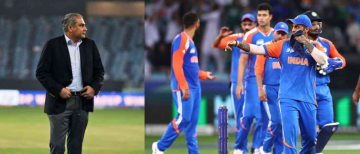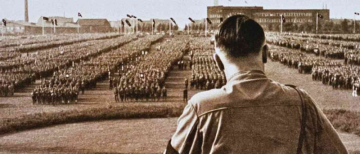On a dull November evening, a white Hyundai i20 detonated near the Red Fort — the nation’s symbolic heart — jolting Delhi after years without a major attack in the capital. The blast killed a dozen-plus people, injured scores and instantly tore through a prevailing sense of urban calm. What began as a single explosion has since unfolded into a far-reaching investigation: forensic traces linked the device to tonnes of ammonium nitrate seized from rented rooms in Faridabad; multiple arrests followed across Jammu & Kashmir, Haryana and Uttar Pradesh; and the NIA has opened a formal probe into what investigators increasingly describe as a “white-collar” terror module.
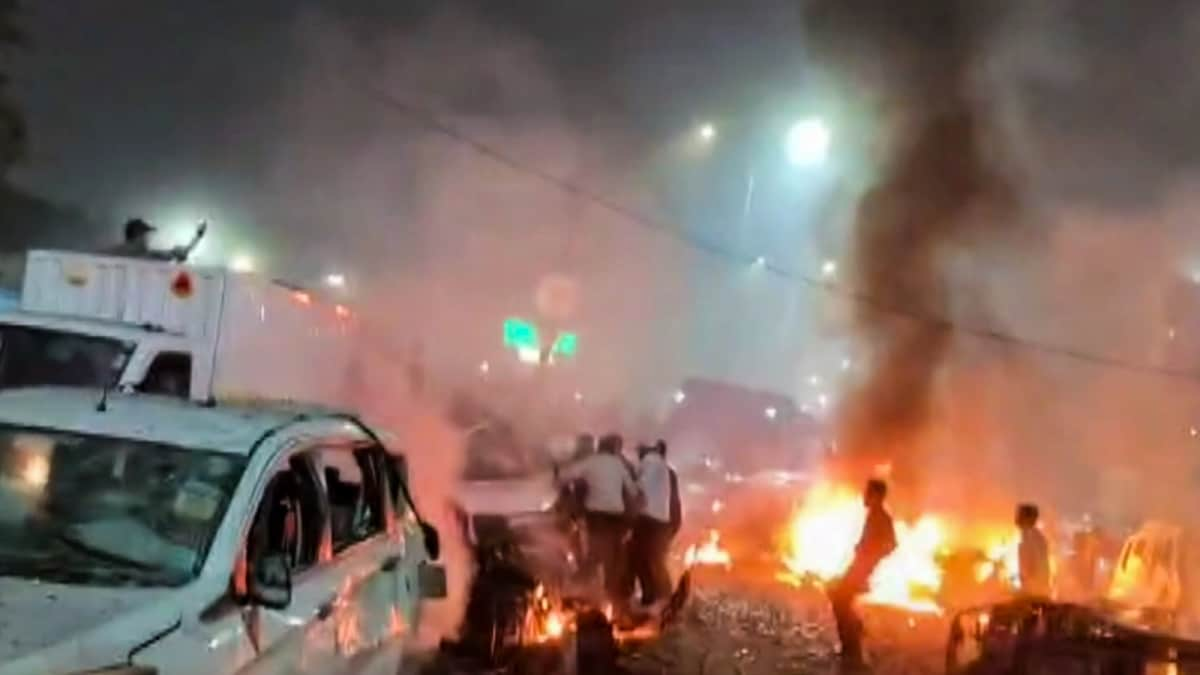
The blast, the bodies and the immediate aftermath
Initial reports said the car explosion near the Red Fort on Monday killed at least 12 people and injured around 20. Later accounts put the death toll at 13; the reporting difference — 12 versus 13 — reflects evolving casualty updates as victims were counted and hospitals updated figures. For the purposes of this narrative, both numbers appear in contemporaneous accounts: the attack clearly cost lives and left many injured.
Investigators quickly identified a prime suspect: Umar Nabi (also named in some reports as Umar Mohammed), a young doctor from Pulwama in south Kashmir, who had worked at Al-Falah Medical College / Al-Falah University Hospital. The scene suggested a terrorist act designed for maximum psychological impact — a crowded, symbolic site at the heart of the national capital. The place and timing signalled intent not only to kill and damage but to unleash fear.
Within days, the police traced links between the car blast and a massive haul of explosives discovered in neighbouring Faridabad (Haryana). Authorities recovered roughly 2,900 kilograms of bomb-making material — commonly reported as about 3,000 kg in some accounts — from two rented rooms; in one room associated with Muzammil Ahmad Ganaie (alias Musaib), investigators seized approximately 360 kg of explosives alongside arms and ammunition. Forensic analysis reportedly matched chemical traces from the blast site with the ammonium nitrate seized in Faridabad. The Delhi Police registered a case under the Unlawful Activities (Prevention) Act (UAPA) and the National Investigation Agency (NIA) took over significant investigative responsibilities.
The suspects: doctors, networks and the “white-collar” tag
One of the most shocking dimensions of this case is the alleged involvement of medical professionals. Investigations named several doctors under scrutiny:
-
Umar Nabi — the prime suspect in the car blast; a Pulwama doctor who worked at Al-Falah Medical College and is said to have detonated the device, possibly after believing fellow conspirators had already been caught. Investigators suggest he may have panicked and set off the device prematurely.
-
Muzammil Ahmad Ganaie (Musaib) — a resident of Koil area, Pulwama; a doctor and teacher at Al-Falah Medical College whose rented accommodation in Faridabad reportedly contained 360 kg of explosives and a large cache of arms. Police allege he conducted reconnaissance of the Red Fort area earlier in the year.
-
Adeel Ahmad Rather — from Anantnag in south Kashmir; arrested in Saharanpur where he worked at V Bros Hospitals. CCTV footage from Srinagar showed a man putting up posters supporting Jaish-e-Mohammed (JeM), which helped investigators trace Rather.
-
Muzammil Shakeel — arrested in Faridabad; another MBBS doctor named among those detained.
-
Shaheen Shahid — a Lucknow-based doctor allegedly linked to Jaish-e-Mohammed’s women’s recruitment wing, reportedly heading the group Jamaat-ul-Mominat.
-
Parvez Ansari — a Lucknow-based doctor and Shaheen Shahid’s younger brother; detained by Uttar Pradesh police and the ATS.
Investigators say these doctors met via medical networks before being radicalised online through encrypted channels. Authorities suspect possible cross-border handlers and have drawn links — provisional at this stage — to the banned group Jaish-e-Mohammed and alleged external agency support. Parallel enquiries unearthed other suspicious arrests: on the day the Faridabad module was exposed, the Gujarat Anti-Terrorism Squad (ATS) reportedly arrested individuals in Ahmedabad with alleged international links.
_20251111121740_original_image_31_1762967312.webp)
A pattern, not an anomaly: the rise of educated radicals
The Red Fort blast did not occur in a vacuum. Intelligence and counterterrorism experts have been tracking a worrying pattern: recruitment and radicalisation among well-educated, professionally employed youth. The Indian jihadi landscape has repeatedly shown that literacy and salaries are no guarantee against extremism.
Historical touchpoints illustrate the trend. In 2008, Mansoor Asghar Peerbhoy, an alleged Indian Mujahideen operative who worked at Yahoo and earned about ₹19 lakh per annum, was arrested for sending threatening emails that claimed credit for earlier Delhi serial blasts. In the 2010s and later, investigators linked engineers, software professionals and graduates to terror modules — from Indian Mujahideen cells to ISIS-linked groups discovered in Kerala and elsewhere. In 2016, a group of 21 men and women fleeing to ISIS-controlled Afghanistan were mostly from upper-middle-class, educated backgrounds. More recently, the arrest of a software engineer in Pune — Zubair Hangargekar, accused of links to al-Qaeda — reaffirmed the point.
The Faridabad seizures and the involvement of doctors mark an alarming escalation: the so-called “white-collar” radical has the social camouflage and technical literacy to operate inside professional settings, making detection harder.
The investigative thread: posters, imam leads and inter-state tracing
How was the plot uncovered? According to police accounts, the probe began with small signals that were diligently pursued. Three weeks before the Red Fort blast, posters supporting Jaish-e-Mohammed appeared in Bunpora Nowgam in Srinagar, threatening security forces. Srinagar’s SSP, G.V. Sundeep Chakravarthy, ordered an FIR; the subsequent poster hunt led to the arrest of a local imam, whose interrogation implicated a wider module. That lead uncovered links stretching from Srinagar to Uttar Pradesh, Haryana and Delhi and ultimately to the Faridabad explosive haul.
This chain underscores a key policing lesson: even seemingly minor leads — a pasted poster, a suspicious imam, a CCTV clip — can be the thread that unravels a larger conspiracy. Agencies say a mix of human intelligence and technical follow-up cracked this plot open.
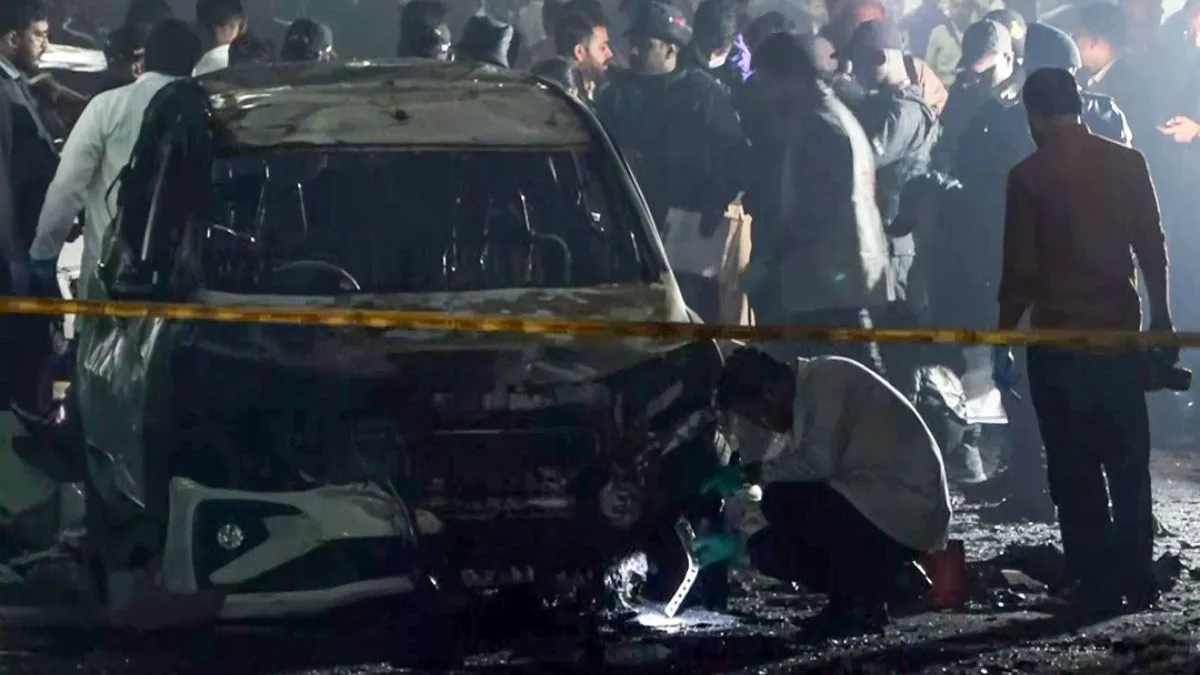
Five takeaways the Red Fort blast exposes
Security analysts and official briefings have converged around several hard lessons the incident delivered:
-
Psychological reach outstrips geographical reach. Terror may be concentrated in pockets like Jammu & Kashmir, but its psychological impact can be nationwide. A single blast at a symbolic site like the Red Fort reverberates far beyond its physical footprint.
-
Education is not an antidote to radicalisation. The suspects’ professional backgrounds — doctors and other graduates — prove that socio-economic privilege or professional standing does not immunise against extremist narratives. In fact, education can make operatives harder to detect.
-
Small signals matter. The investigation was catalysed by posters in Srinagar; chasing small clues prevented potentially larger attacks. Agencies must continue chasing whispers.
-
Cities remain attractive targets. While traditional militancy has been largely constrained to J&K since 2010, urban centres remain vulnerable to modular, mobile cells with urban camouflage. The move from mountains to minds — and from frontline militancy to urban stealth — is real.
-
Agencies must be right every time; terrorists need only to succeed once. Intelligence and policing must maintain relentless precision; the asymmetric nature of terror means a single failure can have outsized consequences.
Prevention, pre-emption and the debate over de-radicalisation
India’s security response over recent years has combined hard policing with softer community outreach. In many prior cases of attempted foreign travel to join extremist groups (for example, youth detected trying to get to Syria), authorities emphasised counselling and community reintegration over immediate incarceration. Families and community elders were asked to help de-radicalise young suspects; anti-terror squads sometimes facilitated counselling sessions for teenagers and early-twenties recruits.
Those efforts have value — but the Faridabad-Red Fort shocker suggests more must be done. Pre-emption matters more than detection; online propaganda, encrypted apps and transnational handlers create a recruitment pipeline that can radicalise professionals quietly. Law-enforcement will need sharper digital surveillance, better inter-agency coordination and deeper community partnerships to spot and stop such modules.

Politics, silence and the social aftermath
Beyond policing lies a political and social dimension. The blast reopened old debates about how communities respond to home-grown terror. Commentators noted an uneasy silence from some prominent community organisations immediately after the arrests — a silence that many analysts say creates a vacuum where deniability and grievance narratives proliferate. Public figures like Javed Akhtar offered unequivocal condemnation; others cautioned against hasty communalisation. The editorial argument is stark: silence and equivocation can act as oxygen for radicalisation — not because communities are complicit, but because a reflex to explain away violent choices as only responses to oppression can obscure accountability.
There is also the perennial question of cross-border influence. Officials have pointed to possible ISI (Pakistan’s Inter-Services Intelligence) involvement or support, and have warned of a strategic shift: with militancy in Kashmir reduced, external actors may be trying to cultivate urban, educated operatives who can strike far from the Valley.
Why this attack matters — and what needs to change
The Red Fort blast did what few incidents can: it punctured a complacency that had settled over Indian cities in recent years. For a decade, metros had largely escaped the mass-casualty attacks that scarred the 2000s; the country celebrated a return to normalcy. The blast has shown how fragile that normal is.
What should change?
-
Sustained intelligence vigilance. Agencies need to maintain and widen human and technical intelligence — and to follow up on small, localized leads.
-
Better inter-state coordination. This plot stretched across Jammu & Kashmir, Uttar Pradesh, Haryana and Delhi — seamless coordination is essential.
-
Digital counter-radicalisation. Encrypted channels and online propaganda require a more proactive digital strategy that balances rights and security.
-
Community engagement plus accountability. De-radicalisation and counselling must be accompanied by clear lines of accountability for violent acts; neutral silence is not a solution.
-
Public awareness. Citizens must remain alert and report suspicious activity; the state must reciprocate with transparency where possible to sustain trust.
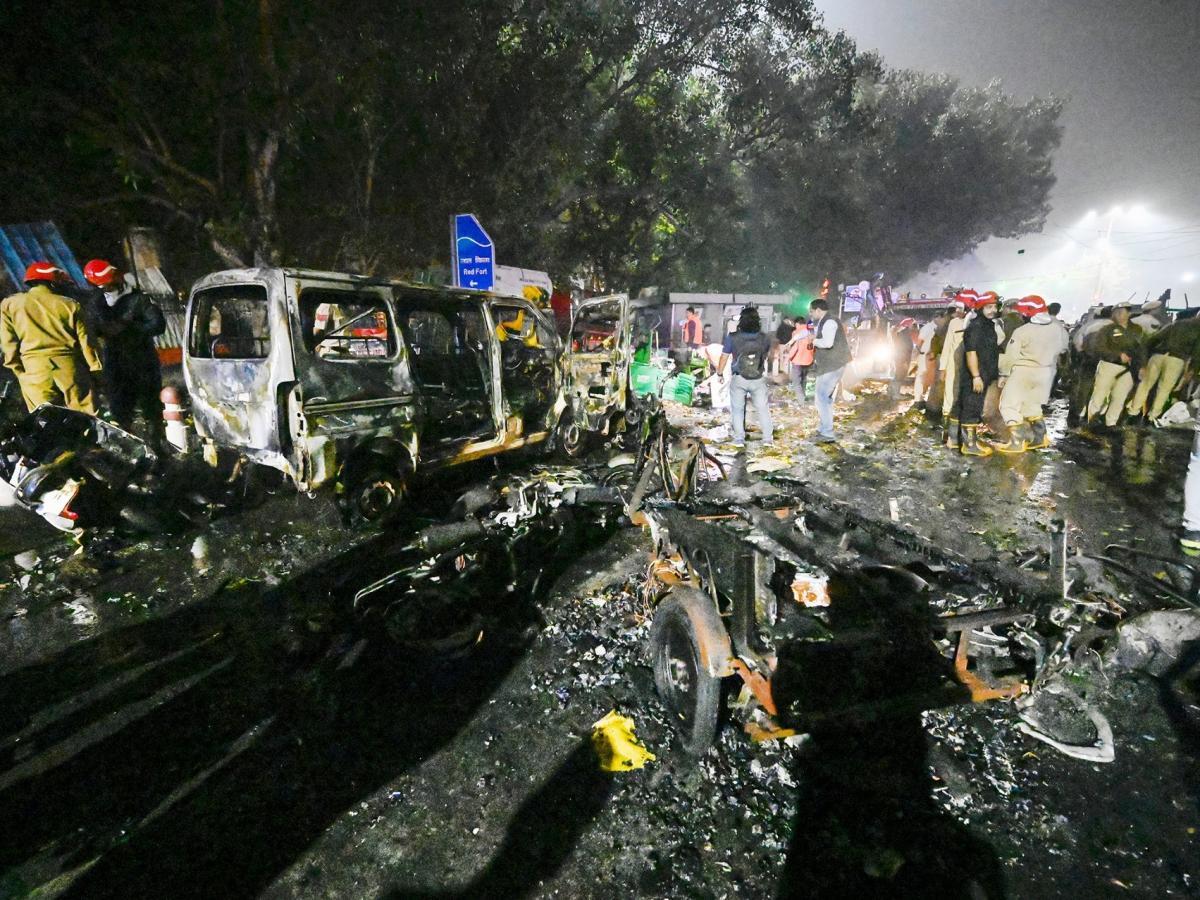
A final word: the blast and the long shadow it leaves
Terrorism is evolving. The Red Fort explosion — a single car, a hurried detonation, a handful of educated operatives allegedly involved in a modular network — is a stark reminder that the battlefield has shifted in form if not in fervour. The lives lost and the families shattered are a human tragedy; the broader wake-up call is institutional and social.
If there is a lesson here, it is not new: security is not a one-time achievement but an ongoing process that requires the vigilance of agencies, the cooperation of communities, and the resolve of political leadership. The blast at the Red Fort did more than explode a car; it exploded an illusion of complete safety. India’s answer must be sustained, coordinated and clear-eyed — because while terrorists may need to succeed only once, the nation cannot afford to fail even once.
*Views expressed in the above piece are personal and solely those of the author. They do not necessarily reflect Vygr’s views.
With inputs from agencies
Image Source: Multiple agencies
© Copyright 2025. All Rights Reserved. Powered by Vygr Media.










